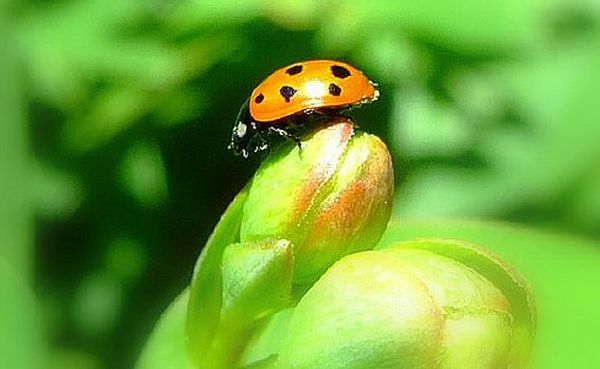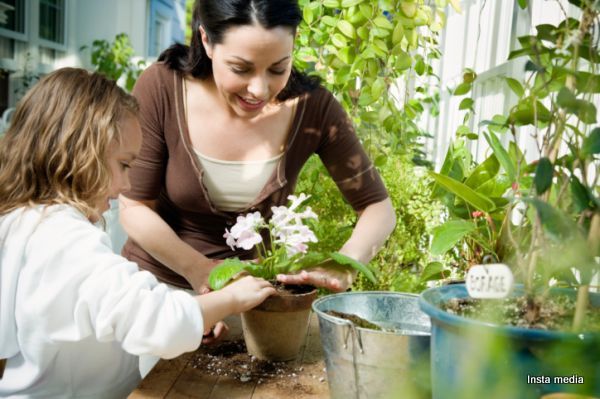Eco-friendly gardening is an easy way to grow a garden and be sensitive to the environment and wildlife around you as well. Here are eco-friendly gardening tips.

- Welcome friendly insects!- Although it may seem surprising that it is one of the tips to acquire an eco-friendly garden, facts is that friendly bugs like ladybugs and lacewings eat pests and aphids such as blackfly. If they didn’t do it, it is most likely that all your crops would be destroyed . Plant flowers wherein these friendly bugs can lay eggs and multiply. Candytuft, sunflowers and marigolds are a good place to start from.

- Let your plants grow in harmony with each other – Companion planting is a concept where the two or more different kinds of plants are planted in such a way that it is a mutual benefit for both of them. Some plants can ward off pests and insects which are harmful for the crop. Plant more of these. Marigolds are a good place to start.

- Eco-friendly pest removal – You do not always have to resort to chemicals to drive away slugs and snails, which are, pests. Instead, choose eco-friendly options like grit or crushed eggshells and scatter them around all the plants. If you plant your greens in containers, then opt for some copper, water-displacement spray or petroleum jelly to keep away the pests.

- Set up a Compost Bin – Perhaps, this is the most essential part of being eco-friendly when it comes to any aspect of anything. Recycle. Set up a compost bin for your eco-friendly garden and make sure it’s in a warm area, atop the soil and partly sunny. Use all your throw-away vegetable peelings, garden waste and the biodegradable woodens like cardboards etc to break down and form fertile ground for compost making bugs. Your home-made compost will be all ready to use in some months.

- Reuse stuff around the house – If you want a perfect way to dispose of all the non degradable plastic around the house, then using them to plant greens in your eco-friendly garden can be a perfect solution. Cut off ht bases from the bottles, make sure they are big bottles so that your plants can breathe, and use them as protective covers for your plants. You can also poke holes in their lids and water the seedlings through them.
Recycle all the stuff which has the potential to be pots for your plants. Throwaway items like old crockery, old bookstands, even shoes can be good places to grow plants with just a little creativity.




